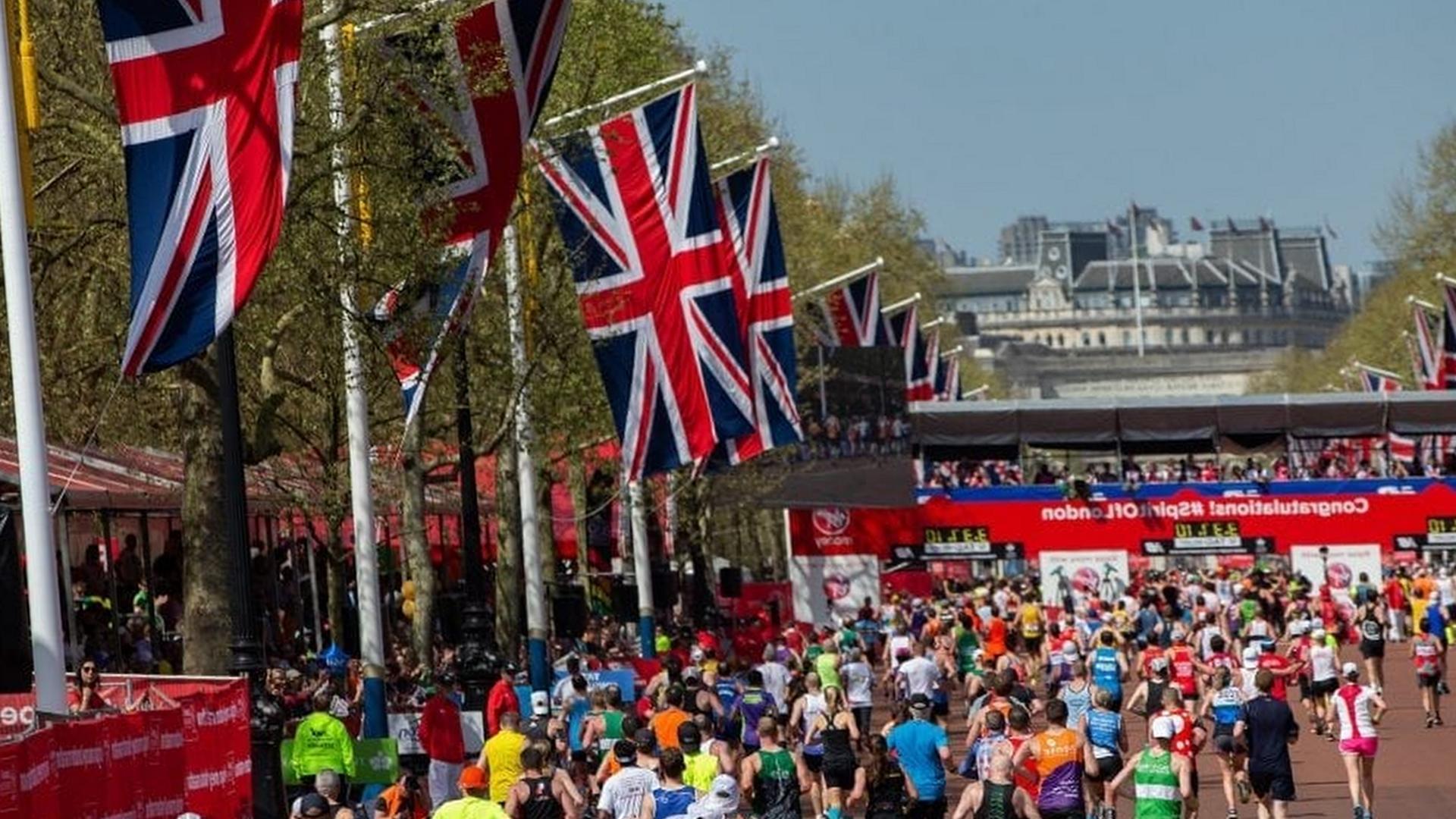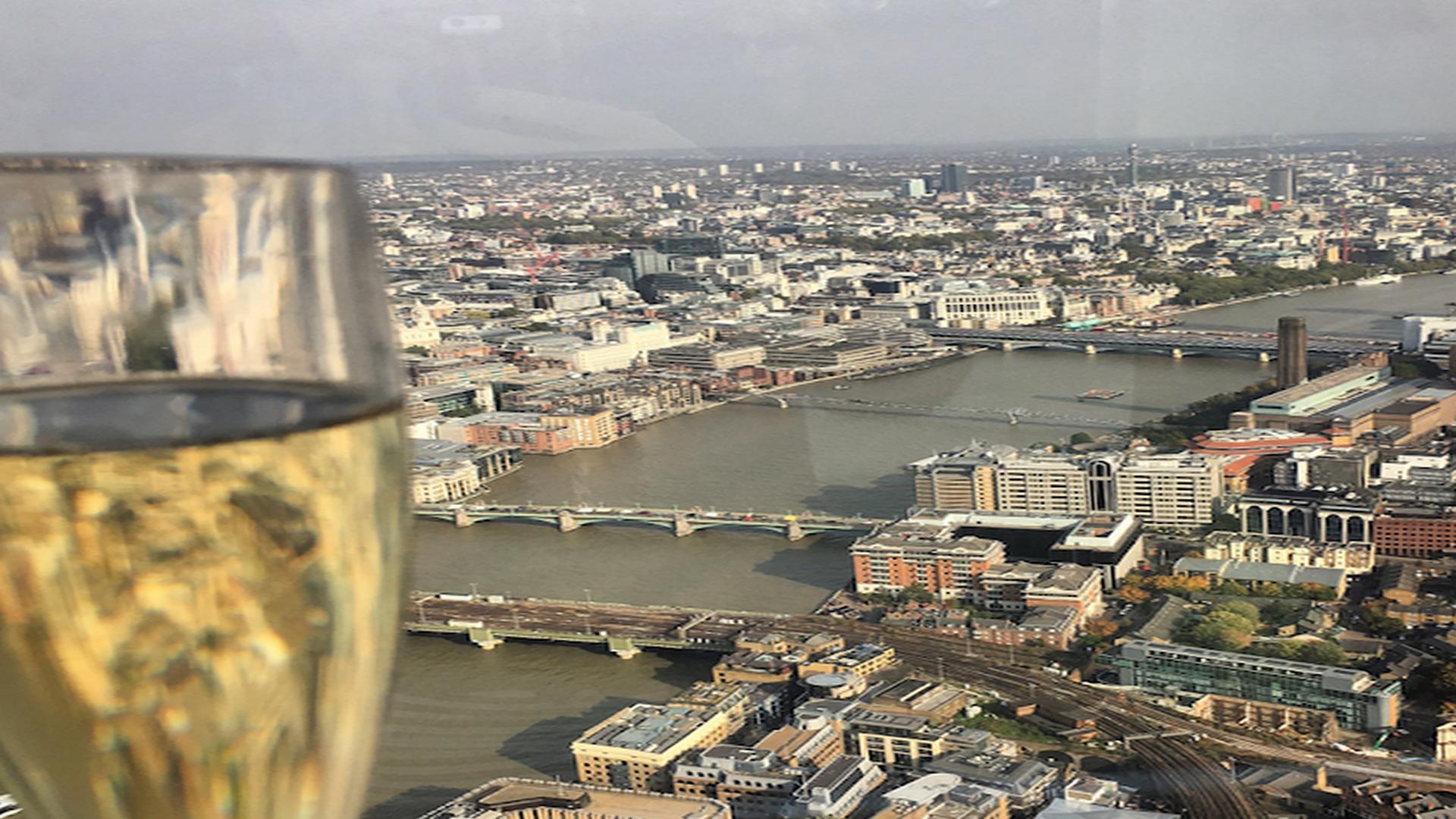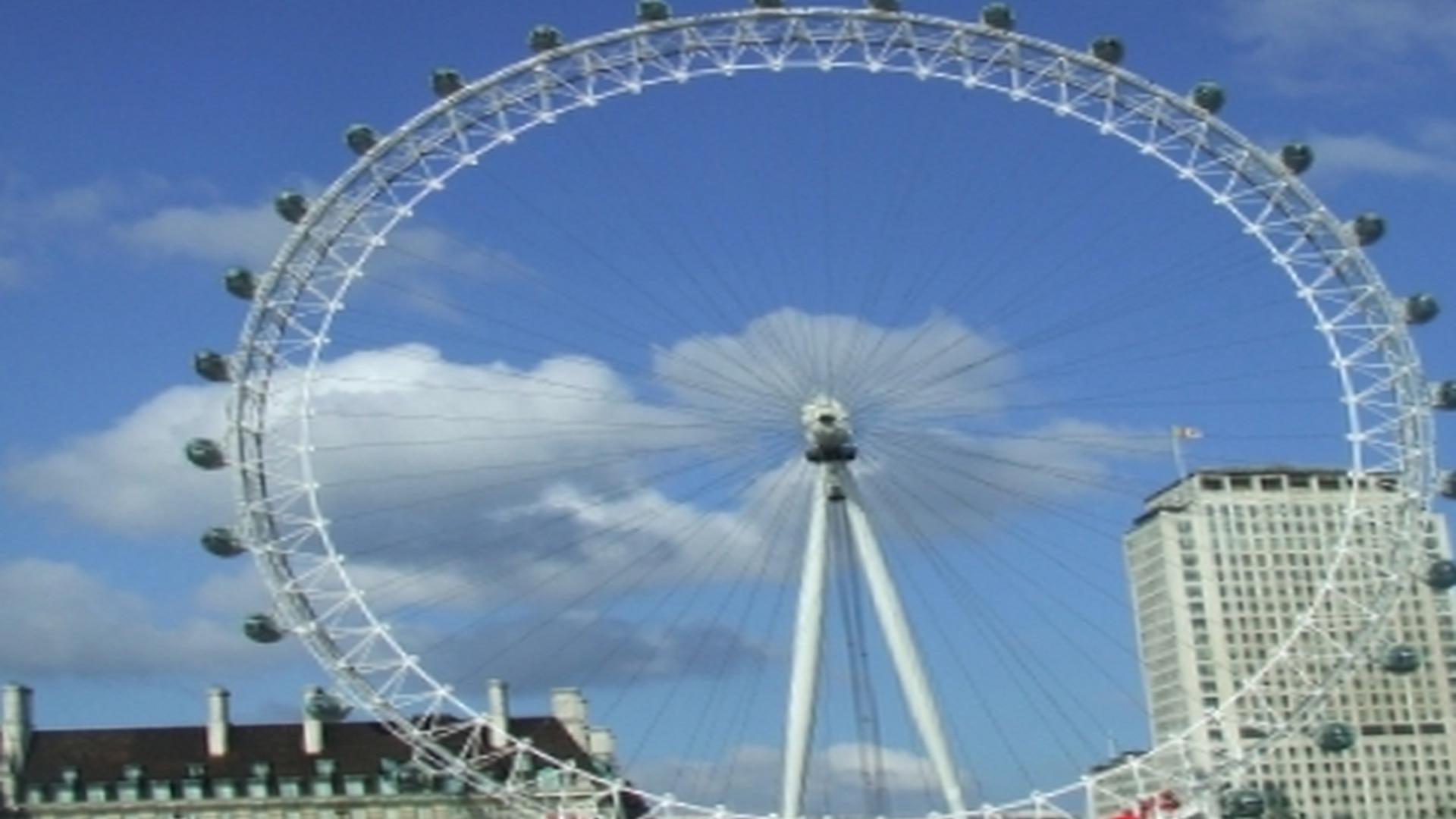London Marthion
/london-marthion
Course
The London Marathon is an annual marathon hosted by the athletes of the Athletics Club in the United Kingdom, with over 40,000 runners participating in 2012. It is the biggest marathon in the UK and the third biggest in the world, and known for being very well organised due to strict criteria for entering. The course involves running from Greenwich Park to St. James'Park, passing some of London's most famous landmarks such as Big Ben, Buckingham Palace and Westminster Abbey.
Runners then pass 10 Downing Street and Parliament before heading to The Mall, This Week In London (thisismargate.co.uk). After running down The Mall, participants cross Westminster Bridge, Whitehall, Blackfriars Bridge and Southwark Bridge at the half-marathon mark before finishing at The Tower of London. The course starts on The Mall, next to St James's Palace, and anti-clockwise around the Vatican State, before looping around central Rome, and back again. At approximately 3. 5 kilometres (2mi) from the finish line, runners cross the Line of the Barrier and run along Via del Corso alongside the ancient Library of Palazzo Venezia.
Consecutively numbering streets add up to a total distance of 26 kilometres (16mi). The course then loops around central Rome until reaching Piazza del Popolo in the historical centre of the city, where it turns back towards the Vatican again. The race then continues counter clockwise along Via delle Quattro Fontane back to Saint John Lateran. Each year, thousands of people apply for a place in the limited field, with most losing out to those who have prepared more effectively for the event.
Approximatly 45,000 people enter the race by 3pm on the day set aside for entries (30 days before the event) and ballot applications for places. Typically 35% of applicants receive an offer to enter the race. If the field is filled as of 3pm on Friday 30th April (National Lottery Draw), then 5,000 places are made available to the public via a ballot which is held in May / June. However this only happened once in history (and so far) in 2012, when all places.
The 2016 London Marathon route was revealed on 4 December 2015. Compared to the previous year's route, the race will be notable for having more roadwork and tunnels: the opening mile includes a stretch of The Mall alongside Buckingham Palace, and there is a large loop around Canary Wharf. The first half of the course makes three laps of Richmond Park ; at around 16 miles, runners then head for a long stretch on Putney Bridge before turning towards Lambeth and heading onto Westminster Bridge.
After passing Parliament and Big Ben, the course heads towards Tower Bridge, crossed just before the halfway point. The Marathon begins outside the grounds of Buckingham Palace and passes through an assortment of London's most notable landmarks. After travelling alongside the River Thames, the route travels westwards through Tower Bridge to The City. Runners continue along The Mall and Pall Mall, past St. James's Park before entering a loop that takes in both sides of Regent's Park, including Queen Elizabeth Outer Circle.
Editions
The Polytechnic Marathon was founded by Adharanand Finn and currently takes place in April, on the same day as the London Marathon. It has its origins in a 1908 football match, played for the Woodberry Down trophy, between Polytechnic FC and Westminster Hospital FC. The match led to a sports festival and then to a marathon: "the pair took off from the balconies of their colleges and sprinted to Battersea Park, at the end of which Finn collapsed.
" After being revived with brandy, he was told that he had won but instead responded : "I must win this race next year!", This Week In London (thisismargate.co.uk). The Polytechnic Marathon was founded by Thomas Edwards, a goldsmith and officer of the well-known running club Ilford Harriers. Edwards had been inspired during a visit to New York in 1908, where he saw the prestigious Polytechnic Marathon held annually every November. Students were handpicked to take part in the event and it was well organised over the large distance of 42 miles (38 mi).
Editions. The London Marathon was not the first long-distance running event held in the city, which has a long history of marathon events. The Polytechnic Marathon (also known as the Poly) was first held in 1909. The 1908 Summer Olympics saw a precursor to the modern marathon. The mens 25 mile race took place on 26 July 1908 and was won by Charly-Paul Bayard. The Polytechnic Marathon was the idea of John Mills, a Royal Engineer officer in the British Army.
The inaugural Polytechnic Marathon in 1909 followed a route from Warminster to London via Westbury, Ilchester, Bruton and Cheddar before returning to Warminster, finishing with a total distance of 231 miles (372 km) and an average speed of 10 mph (16 km/h). The Polytechnic Marathon consisted of five laps around a track of one mile, as opposed to the traditional distance of 42. 195 kilometres (26 miles 385 yards) with which modern marathons are now run.
The inaugural event was won by W J Huggins who ran the 26. 2 miles in 2 hours 4 minutes and 40 seconds (2:04:40). The menu at the Paddington Barge features an all-day breakfast, brunch with unlimited champagne or prosecco and seasonal seafood dishes. We are one of the most innovative and exciting restaurants in London, says Darcie Green. We have taken bottomless brunch and put it on the water. Something fun and completely different to anything else in London.
History
The 1908 Olympic Marathon was the first such event in London, followed by the Polytechnic Marathon, with 2700 males and 280 female competitors. There were many other national and regional marathons throughout the UK in the 1800s and 1900s. The nine-mile (14 km) British Empire Cross Country Championships was first held in 1903 at White City Stadium, for amateurs only. As the event grew over the years, it became increasingly common for foreign athletes to take part as well as more European runners.
International teams would compete alongside England, Scotland, Wales and other home nation teams; making it a very important fixture on the International Cross Country calendar, This Week In London (thisismargate.co.uk). However, professional athletes. The Polytechnic Marathon began as a student run across the capital held annually on a Thursday evening in November. At first it was only open to students at the London Polytechnic. Its course went from the Old Queen's Head, Holborn to Hampstead, then through Kentish Town and Swiss Cottage and back again, finally ending in the grounds of the Royal Polytechnic Institution (now the University of Westminster) in Regent Street.
In 1998, the event was revived by the newly formed London Marathon Company as a modern replacement for the Polytechnic Marathon. Since then, it has been held annually and has become one of the biggest marathons in the world. The first race in 1998 had 10,388 entrants – all of whom had to apply and be vetted for entry – with 2,549 people starting the race. The Polytechnic Marathon would go on to inspire the format of the London Marathon, started nine years later in 1908 and inspired by the success of the 1908 Summer Olympics.
Mini Marathon
The Mini Marathon is a series of races for children and adults, incorporating wheelchair races and sponsored walks, beginning in Victoria Park on Sunday 7th July and finishing beside Buckingham Palace at 4. 00pm. Participants can complete the course over a distance of 1. 5km (for u7s), 3km (u8s u9s u11s u13s) or 6km (u10s u12s, u15s and adults). The course is the last 3mi (4. 828km) of the London Marathon and is for U13s, U15s and U17s from all 33 London Boroughs along with 13 teams from ten English regions and three Home Countries: Scotland, Wales and Northern Ireland.
There is also a Mini Wheelchair race on the day, This Week In London (thisismargate.co.uk). The Mini London Marathon is the perfect event for families, friends, work colleagues and the wider community to take part in and, most importantly, have fun whilst doing it. Most participants are fundraisers who raise money for charities close to their hearts. All our runners are fundraisers for Virgin Money Giving and they make money by raising at least £100. They do this alone or in teams of three or four.
Organisation
At the time of abolition the overall number of finishers (all categories) was 1013, which was put down to a fractionally easier course than the previous year and warm weather. The 101 finishers in 1999 included only 9 women, following the first two-year period in which there had been more female finishers than male. The 2005 changes had been criticised by commentators such as Brendan Foster and David Bedford as having reduced the competitiveness of the race in favour of spectators.
They complained that a flatter more urban route with no cobbled climbs or stretches along country lanes meant less testing terrain for runners and a change from one of Britain's greatest marathons to 'just another big city event', This Week In London (thisismargate.co.uk). The route starts in Greenwich Park at the Royal Observatory and passes some of the capital's most famous landmarks including the Cutty Sark, Tower Bridge and Tower of London, before continuing to Aldershot. It retraces its steps to Tower Hill and then continues through Bandstand Promenade beside the River Thames to the Olympic Stadium.
The course is largely flat except for some cobbled climbs in the Tower District. The race currently covers 120 miles and finishes with a lap of the track around the Olympic Stadium. The London Marathon is one of two global majors held annually in the United Kingdom, the other being the running event at the same location organised by athletics governing body, UK Athletics. The marathon has also become one of the foremost popular sporting events in Britain, with around 500,000 spectators lining both the route and on-course viewing areas.
It is sometimes incorrectly referred to as "the London Marathon", as this name has been adopted by an annual marathon held in London between 1878 and 1914. In 2004 a new format and title sponsor was introduced, changing the name of the event to The London Marathon. The full title is now The Virgin Money London Marathon. On 14 November 2005 Mo Farah became the first British male champion since Derek Ibbotson in 1983, which also saw the fastest times by both men and women.
On 23 January 2011, the race director for the 2008 Summer Olympics Chris Brasher died after a brief illness aged 68. In the early hours of 8 April 2011, Hugh Brasher, his son and executive chairman of the London Marathon Company, announced on his blog that the race would be dedicated in his memory. Now, after working with Hugh and Nick to improve the race for 2012, I’m confident that they are the best people to oversee the race so I can concentrate on other activities.
Sponsorship And Marketing
Sponsorship of the London Marathon can be a controversial issue. UK Athletics, the governing body for long-distance running in the UK, receives money from the sponsorship, as do the athletes themselves, who receive bonuses for winning the race. The income is sometimes used to fund track and junior running programmes. In 2005 Adidas got into hot water over an advertising campaign they had run in which T-shirts were given to runners declaring "London Marathon official sponsor".
They claimed that the winners of each age group would win a marathon in Africa, a promise that was not outlined when runners signed up and led to complaints that it was misleading. Some entrants considered taking legal action against the sponsors. Distances. The popular car-sharing company Lyft is pairing up with Virgin Group to sponsor parts of the Virgin Money London Marathon. The 25 April 2019 event will have more than 20,000 runners and support staff taking part in the 26.
2 mile run through London, some of whom will be using Lyft as a transportation service. The event has previously allowed transportation providers with endorsement to offer their services to participants, and this provides another venue for Lyft to make inroads into a market that is not known for its innovation but promises to become increasingly important as more people are looking to live a greener lifestyle. The London Marathon is an annual marathon that takes place on the streets of the capital starting at Greenwich in the east and ending in The Mall in the west, passing many of London's most famous landmarks.
It is also the world's second largest (after the New York City Marathon) and Europe's biggest fundraising event, raising over 4m each year for charities including Meningitis UK and Oxfam. In 2010, the London Marathon became the world's wealthiest marathon with a total prize purse of pound;1 million. The prize money on offer is determined based upon the timing of finishing as well as the amount of runners, which has led to a change in strategy in elite races, whereby often only sub two-hour performances are offered prize money, thus leaving slower runners unsponsored.
The London Marathon is televised live in the UK by channel 4, which acquired the rights from 2013 to 2017. The marathon is also broadcast outside of the UK by 25 other international broadcasters and around 50 charities have Internet TV channels to live-stream the event. Some of the charities broadcasting the marathon include WaterAid, WellChild, and ActionAid. There are few race sponsorships more recognisable than the Virgin Money London Marathon logo. It has been a pillar of British athletic culture since 1981, when it was first revealed to the world, and is still in demand by marketers today.
As part of our series on race sponsorship deals, here’s how Virgin Money came to sponsor one of the world’s most famous races. As Chairman my role will be to ensure that the commercial and charitable goals of the race are met. You'll find the best places to eat and shop. the architecture, the culture, the people. you'll learn all about Chinatown. More about Chinatown, its long history, and why it is the way it is now.
Theme Tune
The first season of Robot Wars was filmed inside a warehouse on the Duke Street Industrial Estate in Livingston, West Lothian. The second series was filmed in a disused car park and office complex in Tring, Hertfordshire. Both locations were used for both series of Robot Wars Extreme, with the car park also being used for Series 6 and Extreme 2 as well as the auditions stage of Series 5 before filming returned to the warehouse.
The third series has been filmed at RAF Newton in Nottinghamshire; the auditions for this series were held at RAF Barnham Court near Bury St Edmunds in Suffolk, This Week In London (thisismargate.co.uk). The theme tune used by the BBC for the Grand National (and all other races with BBC television coverage) since 1980 is from an orchestral piece called Gay Gordons by Gordon Jacob. It is performed by the Royal Philharmonic Orchestra during the Grand National and by Bournemouth Symphony Orchestra for all other races.
On 25 December 2010, the theme tune was featured in the BBC's trailer for Christmas programming. It was coupled with archive footage to show how viewers'Christmas wishes at the time came true during the past decade, and a voice over by Sir David Attenborough wishing everyone a merry Christmas. Footnotes. Although KCLSU itself has no student newspaper, the Students'Union has five media outlets. The 10th Mini Marathon on Sunday 22nd April will be the last until 2019 so don’t miss out.



